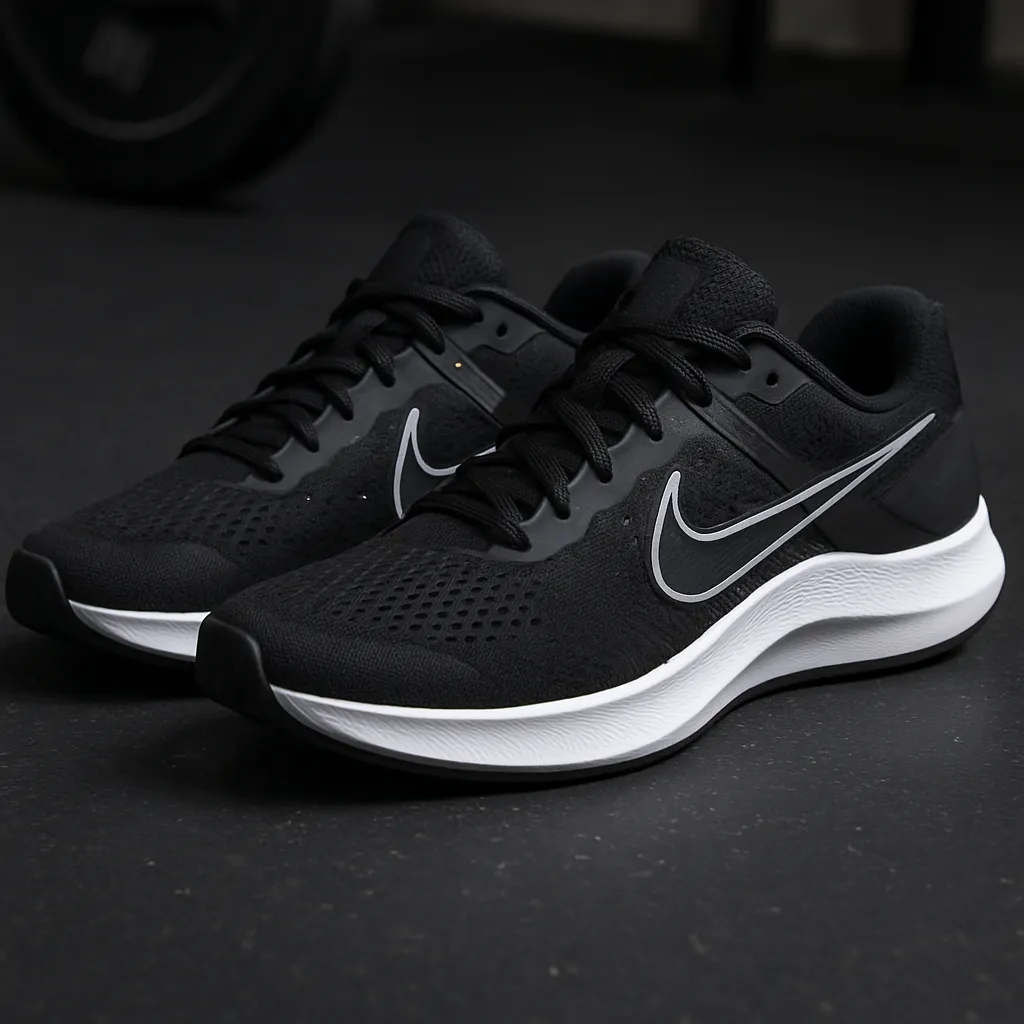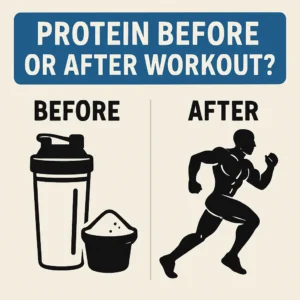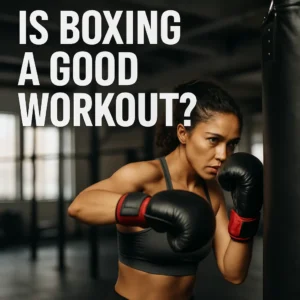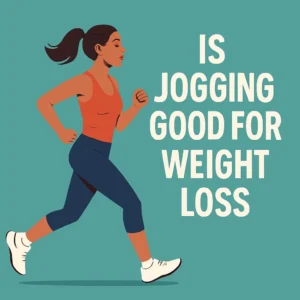Choosing the best gym shoes can make or break your workout routine. Whether you’re lifting heavy weights, smashing cardio sessions, or engaging in cross-training, the right footwear provides stability, support, and comfort. In 2025, innovations in materials and design have produced specialized shoes to meet the demands of every training style. This article delves into why proper gym shoes are essential, highlights expert recommendations for the top ten models, and guides you through selecting the ideal pair based on your unique needs. You’ll also find answers to common questions to ensure you get the most out of your workouts while minimizing injury risk. Let’s step into the world of gym footwear and find your perfect match.
Why Choosing the Right Gym Shoes Matters
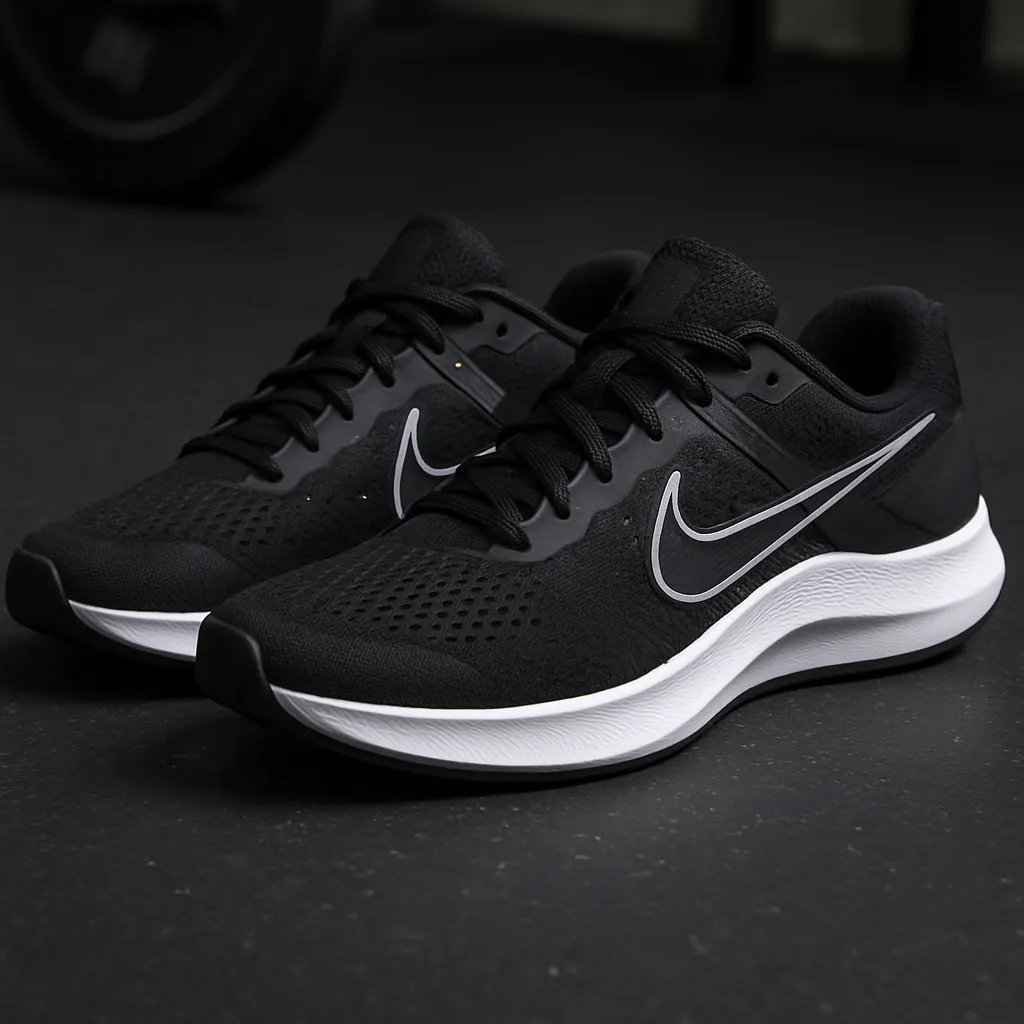
Gym workouts place a variety of stresses on your feet, ankles, and the rest of your body. Without adequate footwear, you may compromise your performance and safety. Proper gym shoes deliver the balance of cushioning and stability required for dynamic movements, whether you’re sprinting on the treadmill or powering through deadlifts. Moreover, modern gym shoe designs integrate advanced materials that wick moisture and promote breathability to keep your feet dry and comfortable during intense sessions. By investing in shoes that match your workout style, you can enhance your proprioception—your body’s ability to sense movement—and avoid common injuries such as plantar fasciitis, shin splints, and ankle sprains. Ultimately, selecting the right pair sets the foundation for durable, consistent progress in your fitness journey.
The Impact of Shoes on Performance
Your footwear acts as the interface between your body and the gym floor. High-performance shoes can boost energy return, reduce fatigue, and allow you to train harder for longer periods. For instance, responsive foam midsoles help propel you forward during running drills and plyometric exercises. Shoes with rigid heel counters and torsion bars improve stability under heavy loads, translating to more confident squats and presses. Research has shown that athletes wearing sport-specific shoes often experience measurable improvements in power output and agility. Considering these factors, selecting shoes that cater to the unique mechanics of your chosen activities can deliver a noticeable lift in your gym performance.
Additionally, ergonomic shoe design minimizes unnecessary foot movement inside the shoe, which reduces friction and the risk of blisters. By stabilizing the subtalar joint, gym-specific footwear helps maintain correct alignment from foot strike through toe-off. This alignment is crucial for optimizing force transfer and reducing compensatory movement patterns that can lead to chronic injuries.
Avoiding Injuries with Proper Footwear
Gym-related injuries are often traced back to inappropriate equipment, and shoes are no exception. Without adequate arch support and shock absorption, repetitive impact can inflame the plantar fascia and lead to heel pain. Lifting in running shoes or minimalist designs can undermine ankle stability, putting undue stress on ligaments during heavy lifts. Investing in gym-specific sneakers that address these concerns significantly reduces your risk profile. Furthermore, high-abrasion rubber outsoles offer traction to prevent slipping, especially when transitioning between different gym surfaces.
Proper footwear also plays a preventive role by encouraging correct biomechanics. Shoes with a slight heel-to-toe drop encourage natural kneecap tracking and reduce stress on the patellar tendon. In contrast, flat-soled lifting shoes maintain a solid base and even weight distribution, protecting your joints from torque-related damage. By understanding the interplay between shoe features and injury prevention, you can select athletic shoes that prioritize your long-term musculoskeletal health.
Top 10 Shoes Recommended by Experts
Industry experts, pro athletes, and physical therapists consistently test and update their recommendations based on the latest data and user feedback. Below, we present the top ten gym shoes for 2025, each vetted for durability, performance, and comfort. The selection spans categories including all-purpose trainers, cardio-focused running shoes, weightlifting-specific models, and premium budget-friendly picks.
Best Overall: Zenith X-Pro Trainer
The Zenith X-Pro Trainer stands out for its versatility, comfort, and advanced cushioning system. A dual-density midsole combines EVA foam with carbon-infused TPU plates to blend responsiveness and stability. The engineered mesh upper ensures a snug fit while promoting airflow to keep your feet cool. Whether you’re tackling a HIIT circuit or a strength session, the X-Pro adapts seamlessly, making it an ideal all-in-one solution. Priced competitively considering its performance features, this shoe appeals to both beginners and seasoned athletes seeking a do-it-all trainer.
Pros and Cons
- Pros: Excellent cushioning, versatile performance, breathable upper.
- Cons: Slightly heavier than minimalist alternatives, break-in period required.
Best for Cardio Workouts: AeroRun Cloudstrike
If high-impact cardio is your primary focus, the AeroRun Cloudstrike delivers unmatched responsiveness. Featuring a full-length Pebax plate, this shoe returns energy with each strike, propelling you forward during sprints and interval runs. Its OptiGrip outsole ensures traction on treadmill belts and gym floors alike. The lightweight knit upper conforms to your foot’s shape, balancing support with flexibility. Cardio enthusiasts will appreciate the design’s seamless transitions between running, jumping, and lateral movements.
Key Features
- Full-length energy-return plate
- Lightweight knit upper
- High-abrasion rubber outsole
Best for Weightlifting: PowerLift Elite
Strength athletes require a shoe that locks the foot in place and provides a solid platform. The PowerLift Elite features a stiff, low-profile sole with zero heel-to-toe drop for unparalleled ground feel. A reinforced heel cap prevents slippage under maximum loads, while a wide toe box accommodates natural foot splay during squats. This shoe’s thermoplastic polyurethane (TPU) shank adds midfoot rigidity, ensuring power transfer from you to the barbell. The Elite’s hook-and-loop strap across the midfoot further secures your foot for heavy lifts.
Why It’s Ideal
The PowerLift Elite’s flat, stable design is optimized for Olympic lifts and heavy compound movements. By maintaining a consistent heel height and firm sole, lifters can achieve proper depth and posture without compensating for soft cushioning. This reduces stress on the knees and back, making it a favorite among powerlifters and CrossFit athletes alike.
Best Budget Option: FlexFit Economy Trainer
A reliable budget trainer doesn’t have to skimp on essentials. The FlexFit Economy Trainer provides balanced cushioning and sufficient support at an accessible price point. Its lightweight EVA midsole offers moderate shock absorption, while the mesh upper promotes breathability in hot gym environments. Durable rubber pods in high-wear areas extend its lifespan. Though it lacks some of the high-end features of premium models, the FlexFit delivers solid performance for casual gym-goers and budget-conscious athletes.
Pros, Cons, and Value
| Feature | FlexFit Economy Trainer | Competitor Average |
|---|---|---|
| Price | €60 | €100 |
| Cushioning (1–10) | 7 | 8 |
| Durability (1–10) | 8 | 7 |
| Weight (g) | 280 | 300 |
| Best Use | General gym, light cardio | Varied workouts |
This table illustrates how the FlexFit holds its own against more expensive alternatives, offering competitive durability and cushioning at a fraction of the cost. It’s a testament to how technology has become more accessible, allowing entry-level athletes to benefit from quality design.
How to Choose the Right Gym Shoes
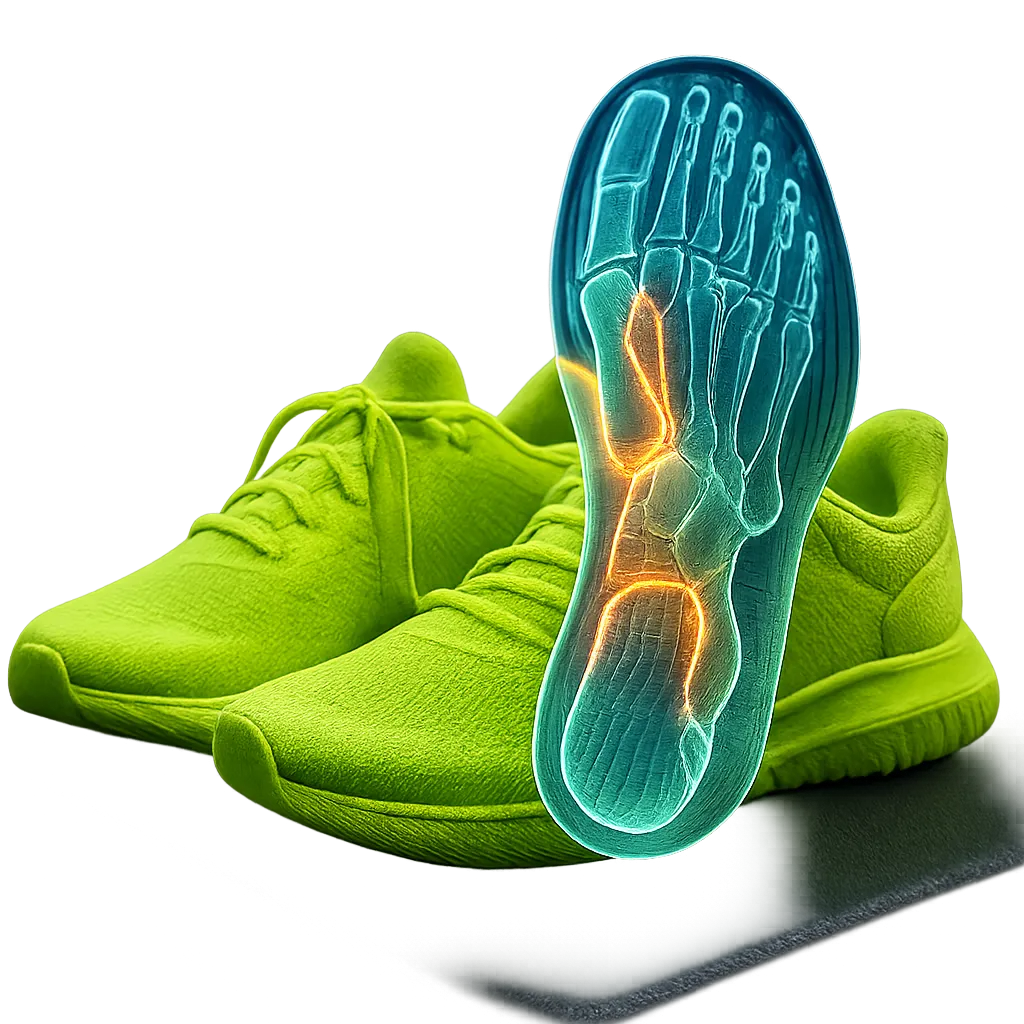
Selecting the perfect gym shoes involves more than just picking a popular model. You need to evaluate several personal factors, from your foot’s anatomy to the types of exercises you perform most often. In this section, we break down the critical considerations to help you make an informed decision.
Understanding Your Feet Type
Your foot’s arch type—high, neutral, or flat—dictates the support you need from your gym shoes. High-arched feet benefit from extra cushioning to absorb impact, while flat feet require stability features to prevent overpronation. Neutral arches can opt for a balanced shoe that combines both cushioning and stability. To identify your arch type at home, perform a simple wet test: wet your foot, step onto a paper surface, and observe the imprint. This quick assessment provides a guideline for seeking shoes with appropriate midsole technologies and arch supports.
Analyzing Workout Requirements
Your primary activities determine the shoe characteristics you should prioritize. Runners need responsive midsoles and traction, weightlifters need flat, rigid soles with ankle support, and cross-trainers need shoes that handle multidirectional movements. If you engage in a variety of workouts, an all-purpose trainer with a balanced profile is ideal. For specialized workouts like plyometrics or boxing, look for footwear designed specifically for those sports. Assessing your routine and matching shoe features to those demands ensures you won’t be hindered by subpar gear.
Consider how often you switch between cardio and strength sessions in the same workout. Shoes that can handle sudden weight shifts and impact transitions are critical for high-intensity interval training (HIIT) and circuit classes. Evaluate the shoe outsole’s flexibility and torsional rigidity to ensure it provides both cushioning underfoot and side-to-side support.
Evaluating Support and Cushioning
The midsole material and heel-to-toe drop define the cushioning level in gym shoes. EVA foam offers lightweight cushioning but can compress over time, while proprietary foams like Adidas Boost or Nike React provide long-lasting energy return. A lower drop (0–4 mm) keeps your foot closer to the ground for stability, while a higher drop (8–12 mm) increases heel cushioning for running comfort. Additionally, look for reinforced heel counters and supportive overlays that maintain foot position during lateral movements. Tailoring cushioning and support features to your foot mechanics and workout style is crucial for comfort and injury prevention.
Lastly, don’t forget the fit: a snug heel lock prevents slipping, and a roomy toe box allows natural toe splay. These fit characteristics work together with midsole properties to create a secure, comfortable environment for your feet.
Frequently Asked Questions about Gym Shoes
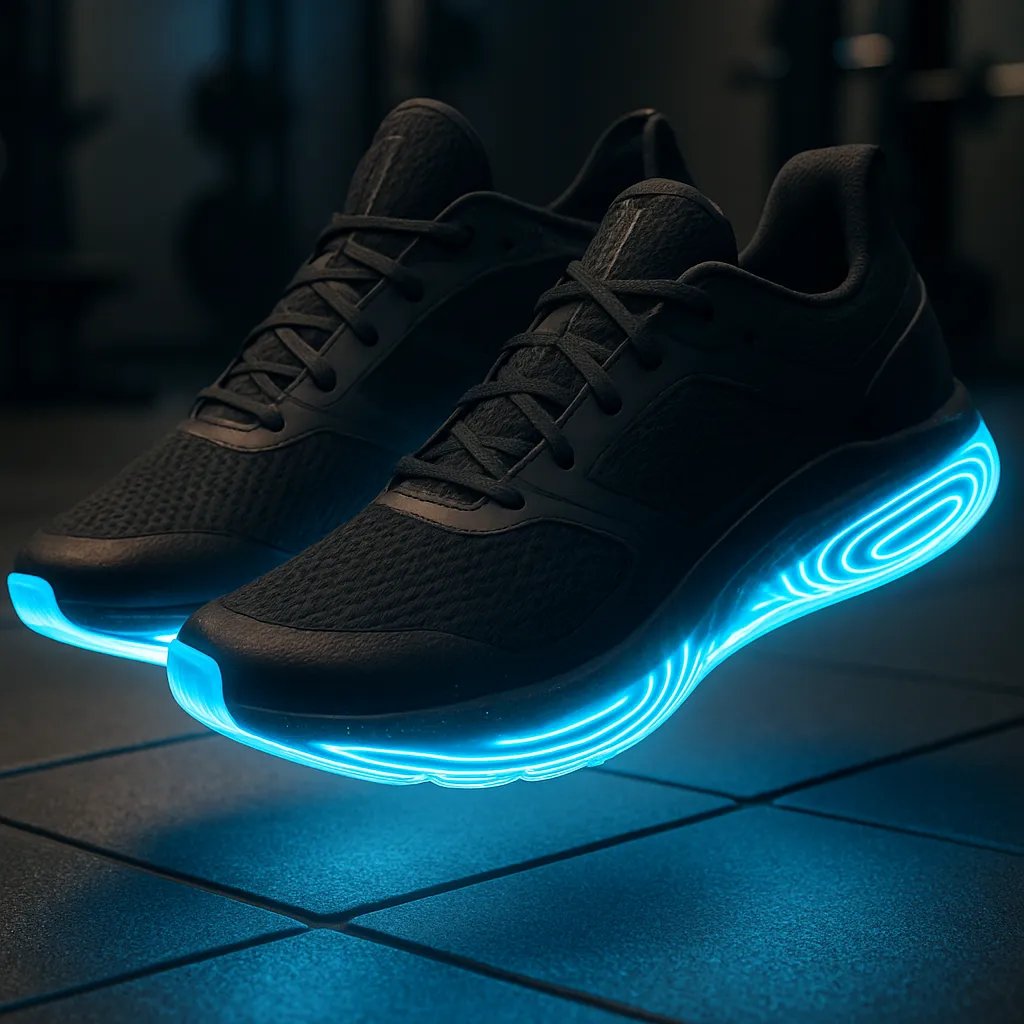
To round off this guide, we address some of the most common questions gym-goers have about selecting and maintaining their workout shoes. These answers offer additional clarity and best practices for shoe use and replacement.
Can Running Shoes Be Used for Gym Workouts?
While running shoes are optimized for forward motion and shock absorption, they may lack the lateral support required for weightlifting and agility drills. Using running shoes exclusively for gym sessions can increase the risk of ankle sprains during side-to-side movements. However, if your routine is primarily treadmill-based cardio with minimal lateral stress, a cushioned running shoe can serve in a pinch. For mixed workouts, a cross-training shoe with balanced support and cushioning is the safer choice. Always assess your workout’s demands before repurposing running shoes for gym sessions.
How Often Should You Replace Gym Shoes?
The lifespan of gym shoes depends on usage frequency, workout intensity, and shoe construction quality. As a general rule, replace them every 300–500 miles of running or every 6–9 months for regular gym use. Look for signs of excessive midsole compression, outsole wear patterns, and upper material deterioration. If you notice decreased cushioning, compromised traction, or discomfort during workouts, it’s time for a new pair. Regularly rotating between two pairs of shoes can extend each pair’s life and give you a fallback when one pair is drying or airing out.
Remember, worn-out shoes not only hinder performance but also elevate injury risk. Tracking your shoe usage and condition helps you stay proactive and safe.
